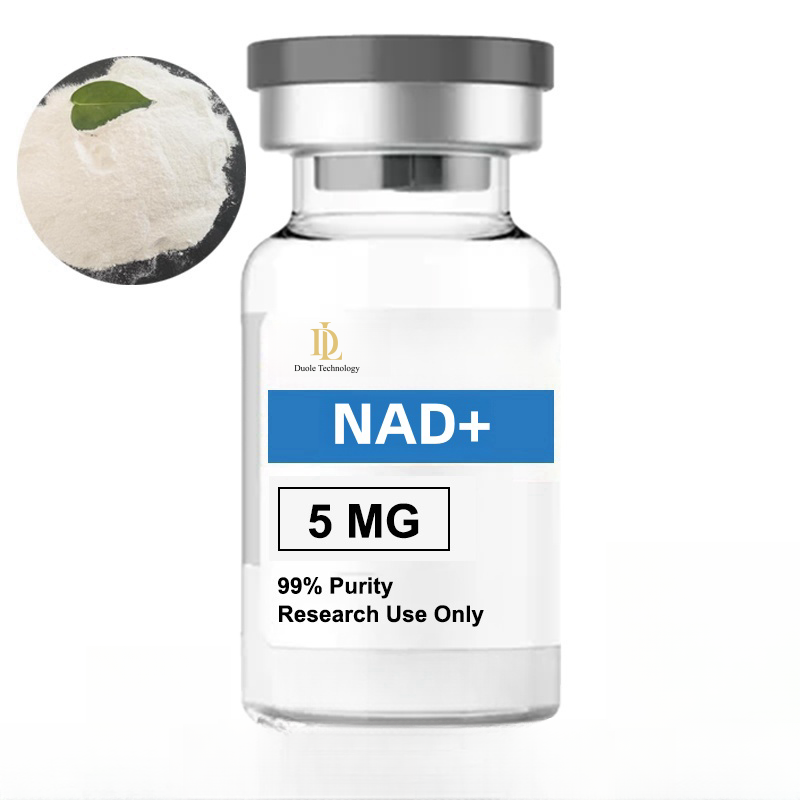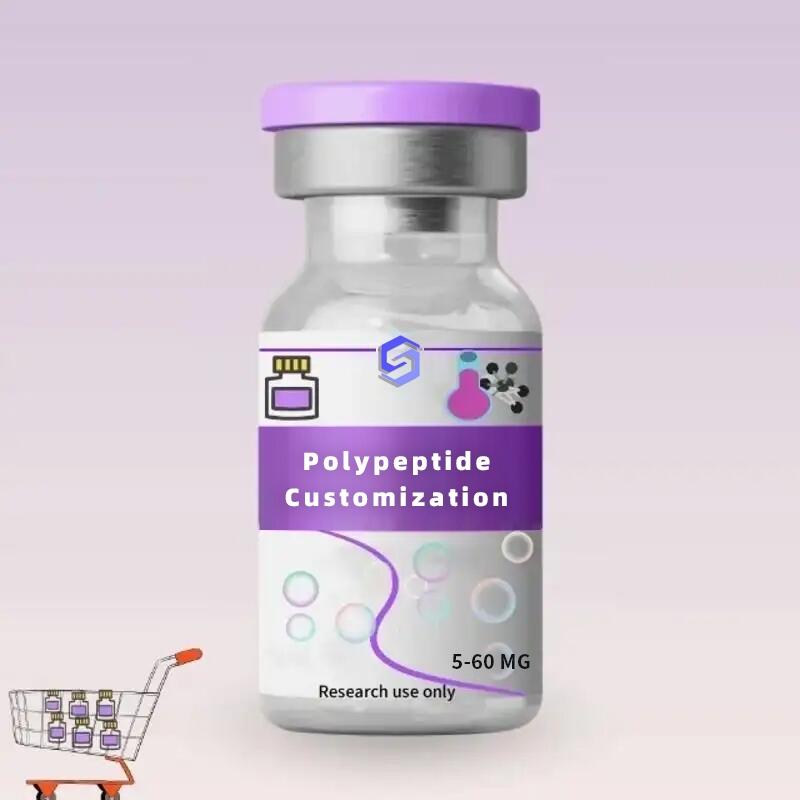-
Categories
-
Pharmaceutical Intermediates
-
Active Pharmaceutical Ingredients
-
Food Additives
- Industrial Coatings
- Agrochemicals
- Dyes and Pigments
- Surfactant
- Flavors and Fragrances
- Chemical Reagents
- Catalyst and Auxiliary
- Natural Products
- Inorganic Chemistry
-
Organic Chemistry
-
Biochemical Engineering
- Analytical Chemistry
-
Cosmetic Ingredient
- Water Treatment Chemical
-
Pharmaceutical Intermediates
Promotion
ECHEMI Mall
Wholesale
Weekly Price
Exhibition
News
-
Trade Service
5-Chloropyrazolo[1,5-a]pyrimidine-3-carbonitrile, also known as CPKP, is a chemical compound that is commonly used in the pharmaceutical industry as an intermediate for the synthesis of various drugs.
One of the key characteristics of CPKP is its ability to undergo nitration, which can be used to introduce nitro groups to the molecule.
This property makes CPKP a valuable building block for the synthesis of nitro-containing compounds, which are widely used in the pharmaceutical industry as drugs, agrochemicals, and intermediate chemicals.
One important aspect of the chemical industry is the concept of upstream and downstream products.
Upstream products are the raw materials or intermediate compounds that are used to produce the final product, while downstream products are the final products that are obtained from the synthesis of the upstream products.
In the case of CPKP, the upstream products would include the raw materials used to synthesize the compound, such as chloropyrazine and sodium cyanide.
The downstream products would include any compounds that are synthesized using CPKP as a building block.
One example of a downstream product that can be synthesized using CPKP is a drug called famciclovir, which is used to treat herpes simplex virus infections.
The synthesis of famciclovir starting from CPKN can be performed in several steps, as shown in the figure below.
As can be seen from this scheme, the synthesis of famciclovir starting from CPKN involves a series of chemical reactions, including nitration, sulfonation, and acylation.
Each of these steps is carried out using specific reagents and conditions to ensure that the final product is obtained in high yield and purity.
Another example of a downstream product that can be synthesized using CPKP is a compound called bis(5-chloropyrazole-1-carboxamide), which is used as an intermediate for the synthesis of other nitro-containing compounds.
The synthesis of bis(5-chloropyrazole-1-carboxamide) starting from CPKP can be performed in several steps, as shown in the figure below.
As can be seen from this scheme, the synthesis of bis(5-chloropyrazole-1-carboxamide) starting from CPKP involves a series of chemical reactions, including nitration, substitution, and hydrolysis.
Each of these steps is carried out using specific reagents and conditions to ensure that the final product is obtained in high yield and purity.
In summary, CPKP is a valuable building block in the synthesis of nitro-containing compounds and can be used to synthesize several downstream products, including famciclovir and bis(5-chloropyrazole-1-carboxamide).
The ability of CPKP to undergo nitration makes it a valuable intermediate for the production of these compounds, which are widely used in the pharmaceutical and agrochemical industries.
The synthesis of these compounds requires a precise and controlled process to ensure that the final products are obtained in high yield and purity.









